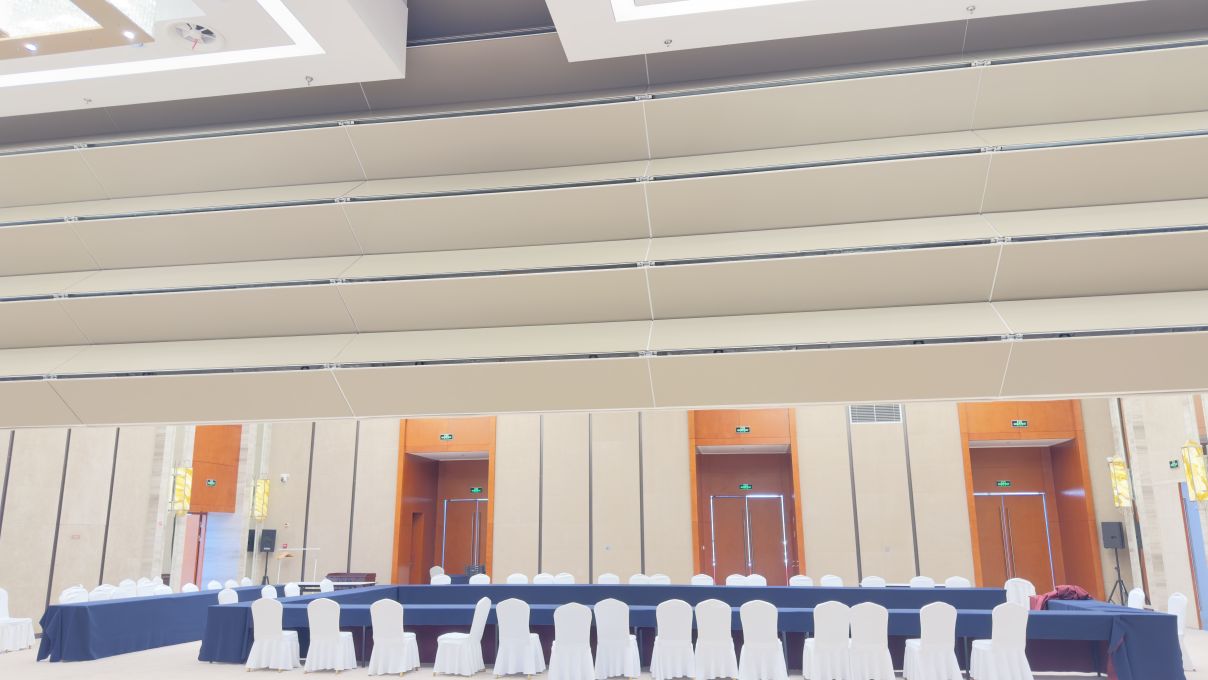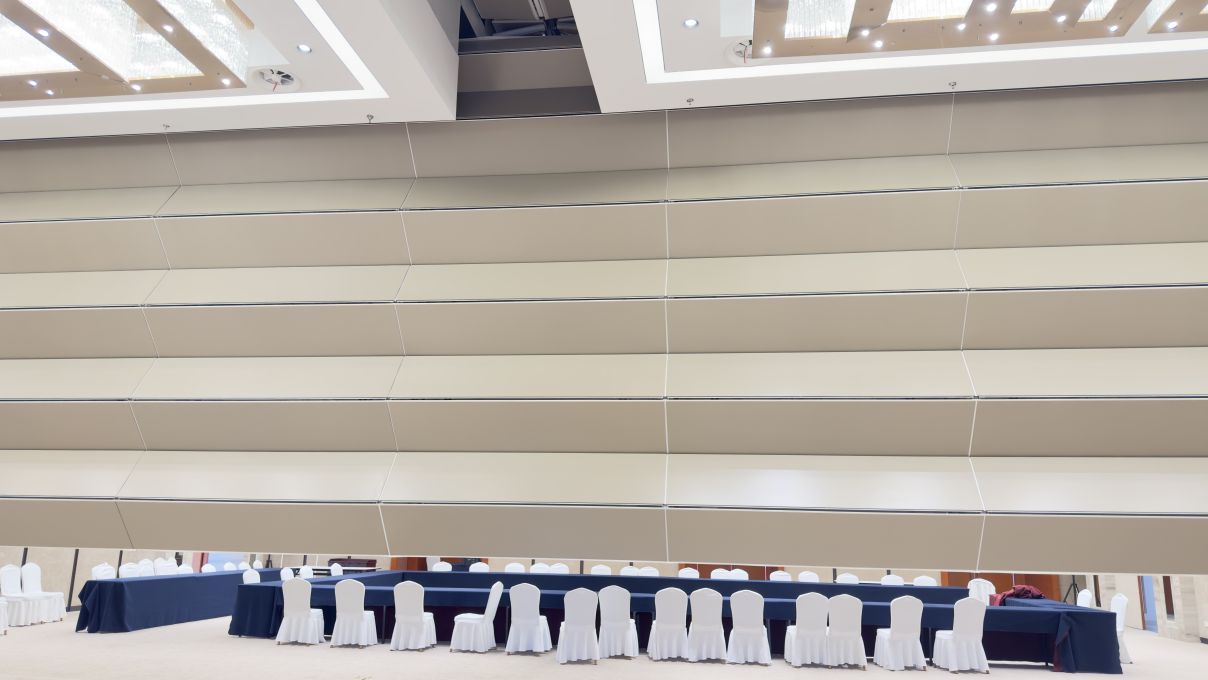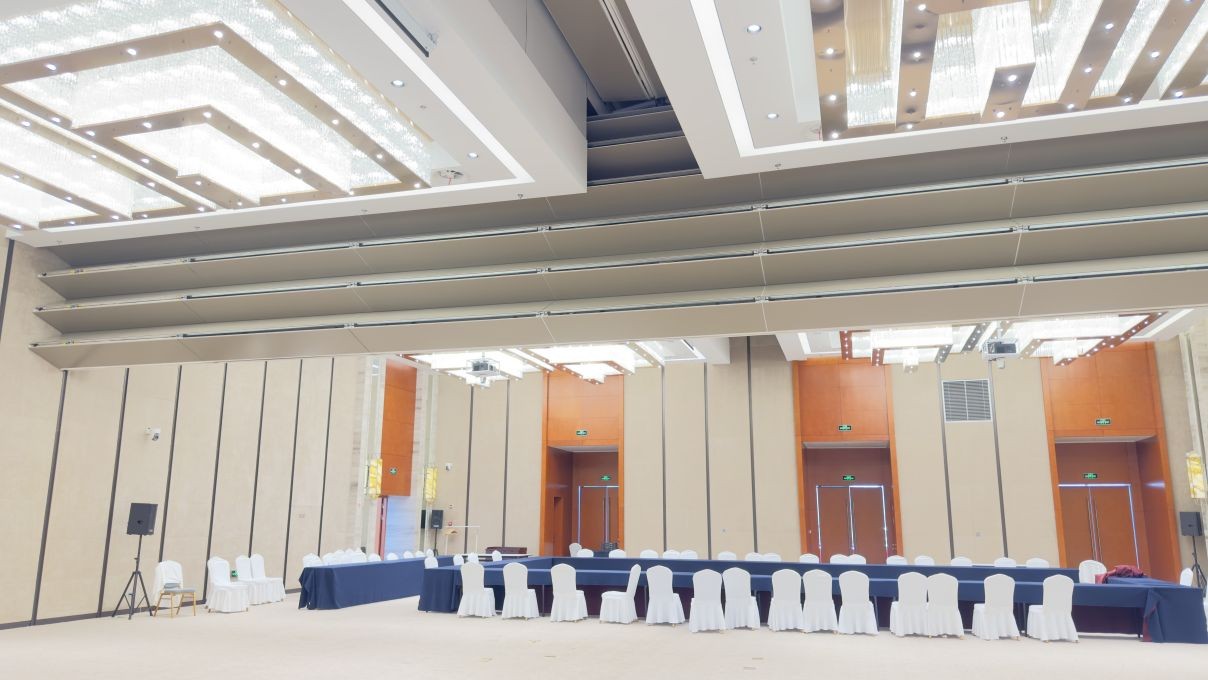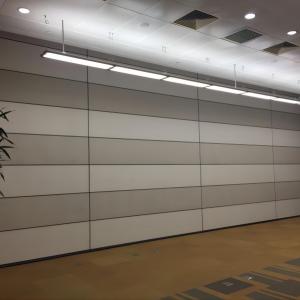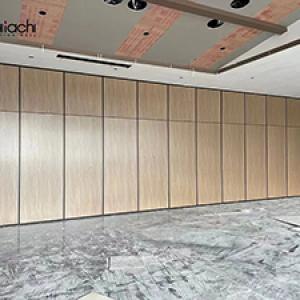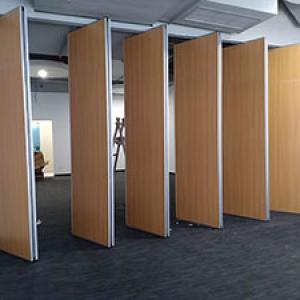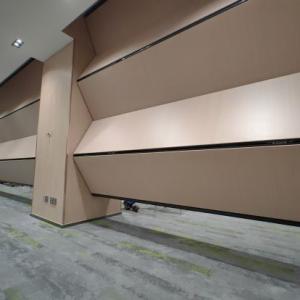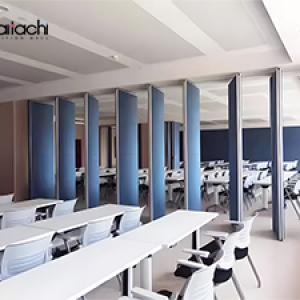Description
Horizontally mounted panels typically refer to solar panels or other types of panels that are installed parallel to the ground or flat surfaces, as opposed to vertically mounted panels which would be oriented perpendicular to the ground.
In the context of solar panels:
-
Advantages:
- Better performance in certain climates: In areas where there is significant variation in the sun's position throughout the year (such as in temperate climates), horizontal mounting can optimize energy collection by adjusting to the sun's path.
- Easier installation on certain structures: Some roofs or surfaces may be more conducive to horizontal panel installation due to their orientation or structural limitations.
-
Disadvantages:
- Less efficient: Horizontal panels typically receive less direct sunlight throughout the day compared to panels that track the sun or are mounted at an angle to optimize exposure.
- Space requirements: They may require more space than angled or vertical installations to achieve the same energy output.
Overall, the choice between horizontal and other mounting configurations depends on factors like climate, available space, and the specific requirements of the solar panel installation

